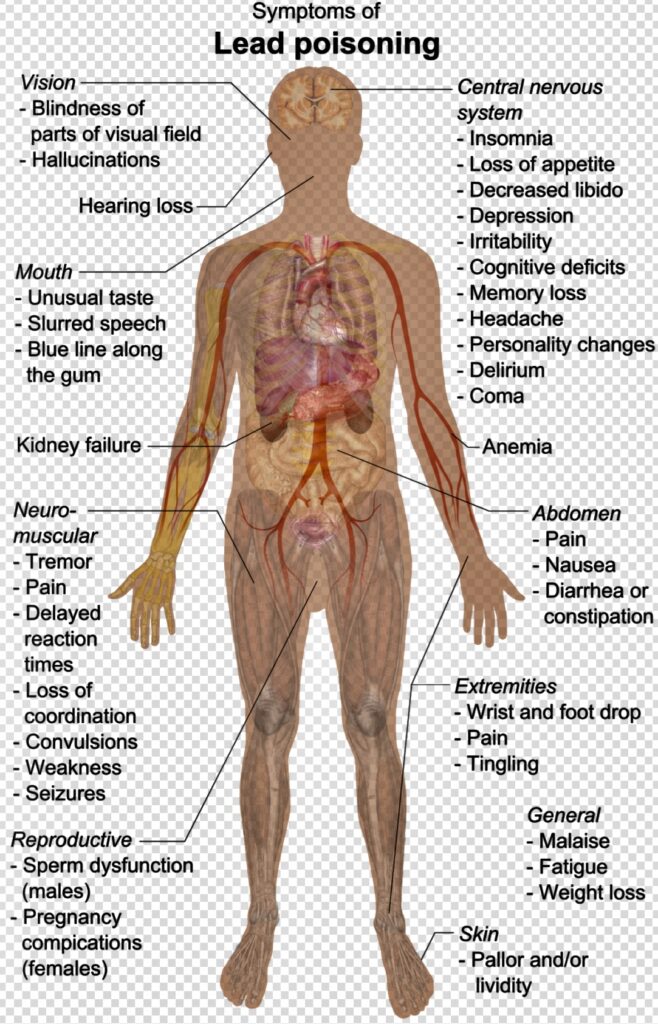Text by Henrylito D. Tacio
Photos: Wikipedia
The Philippines was named of the five winners for this year’s Future Policy Award (FPA), according to a press release circulated by the Davao-based Interfacing Development Interventions for Sustainability (IDIS), Inc.
Other awardees of the “Oscar on best policies” were from Colombia, Kyrgyzstan, Sri Lanka, and Sweden. The Philippines was cited for its “groundbreaking” Chemical Control Order (CCO), which the government promulgated in banning lead in the manufacture of all paints to prevent children’s and workers’ exposure to the toxic chemical.
The PFA is the first and only award that recognizes policies for the benefit of present and future generations on an international level. This year, the FPA is dedicated to the most effective policy solutions, such as those regulating lead paints that minimize the adverse effects of harmful chemicals on the environment and human health.
Roy Cimatu, the secretary of the Department of Environment and Natural Resources (DENR), thanked the World Future Council (WFC) for the laudable recognition.
“This will inspire us to further strengthen the implementation of our chemical control policy and to develop other policies to protect human health and the environment,” the environment chief said.
“Our drive to ensure safer lead-free paint products does not end with the issuance of this policy,” he emphasized, citing the government’s continuing efforts to “strengthen monitoring to enhance environmental compliance among stakeholders and thereby ensure a healthy and lead-free environment for our people,” he added.
Cimatu also acknowledged partners from the public and private sectors, including the EcoWaste Coalition and the Philippine Association of Paint Manufacturers (PAPM), for their participation in the development and implementation of the trailblazing CCO.

Battery recycling 
Symptoms of lead poisoning
“We appreciate the vigilance of non-government organizations like the EcoWaste Coalition in the lead phase-out campaign. We also commend the academe and the PAPM for their support in making our CCO implementable,” Cimatu said.
The CCO issued in 2013 imposes a total lead content limit of 90 parts per million (ppm) on all paints and provides for a two-stage phase-out of lead-containing paints, which culminated on December 31, 2019.
(The Order, which was contained in DENR Administrative Order No. 2013-24, also banned the use of lead and lead compounds in the local manufacture of packaging for food and drink, toys, school supplies, cosmetics, water pipes, and other consumer products.)
“This global recognition affirms the importance of adopting a lead paint law with the most protective lead content limit and crafted through an open and participatory process,” said Manny Calonzo, adviser of the EcoWaste Coalition.
“Stakeholders’ participation is key to catalyzing an industry-wide switch to the production of all paint types without added lead and to the eventual elimination of lead paint, a major source of lead exposure in children,” he stressed.
According to PAPM President Derrick Tan, the country’s paint makers have ably demonstrated their capacity to replace lead additives from all brands and products in compliance with the CCO and in pursuit of their corporate social responsibility.
“It only shows that eliminating lead paint in all categories is an attainable goal,” Tan said.
Lead occurs naturally in the environment and is found in the Earth’s crust. A soft metal, it has known many applications over the years. It has been used widely since 5000 BC for application in metal products, cables, and pipelines, but also in paints and pesticides, the website lenntech.com says.
“More than three quarters of global lead consumption is for the manufacture of lead-acid batteries for motor vehicles,” says the World Health Organization (WHO). “Lead is also used in many other products, for example pigments, solder, stained glass, lead crystal glassware, ammunition, ceramic glazes, jewellery, toys and in some cosmetics and traditional medicines.”
Unfortunately, lead has been considered as one of the four metals that have the most damaging effects on human health. It can enter the human body through food consumption (65%), drinking water (20%), and breathing air (15%).
“Foods such as fruits, vegetables, meats, grains, seafood, soft drinks and wine may contain significant amounts of lead,” lenntech.com says. “Cigarette smoke also contains small amounts of lead.”
A study conducted in Metro Manila on the country’s staple food found that “all rice varieties and fish samples showed the presence of lead.” Two varieties of rice “went well above all kinds and parts of fish went beyond the allowable limit for lead in food.”
In like manner, lead can enter (drinking) water through corrosion of pipes. This is more likely to happen when the water is slightly acidic.
Lead’s ill health effects are widely known. Among the unwanted effects of the human body include disruption of the biosynthesis of hemoglobin and anemia, a rise in blood pressure, kidney damage, disruption of nervous systems, brain damage, and declining fertility of men through sperm damage.
“Young children are particularly vulnerable to the toxic effects of lead and can suffer profound and permanent adverse health effects, particularly affecting the development of the brain and nervous system,” the United Nations health agency deplores. “Exposure of pregnant women to high levels of lead can cause miscarriage, stillbirth, premature birth and low birth weight.”
Aside from those mentioned earlier, people can also become exposed to lead through occupation and environmental sources. For instance, people can inhale lead particles generated by burning materials containing lead during smelting, recycling, stripping leaded paint, and using leaded gasoline or leaded aviation fuel.
An additional source of exposure is the use of certain types of unregulated cosmetics and medicines. High levels of lead have, for example, been reported in certain types of kohl, as well as in some traditional medicines used in countries such as India, Mexico, and Vietnam.
“Consumers should take care only to buy and use regulated products,” the WHO urges.
It’s the children who suffer the most from lead poisoning. “Young children are particularly vulnerable to lead poisoning because they absorb 4–5 times as much ingested lead as adults from a given source,” the WHO says.
“Moreover, children’s innate curiosity and their age-appropriate hand-to-mouth behavior result in their mouthing and swallowing lead-containing or lead-coated objects, such as contaminated soil or dust and flakes from decaying lead-containing paint,” the WHO further states. “This route of exposure is magnified in children with a psychological disorder called pica (persistent and compulsive cravings to eat non-food items), who may, for example, pick away at, and eat, leaded paint from walls, door frames and furniture.”
On its website, the WHO explains what happens when a lead enters the human body. “Once lead enters the body, it is distributed to organs such as the brain, kidneys, liver, and bones. The body stores lead in the teeth and bones, where it accumulates over time. Lead stored in bone may be remobilized into the blood during pregnancy, thus exposing the fetus.
Undernourished children are more susceptible to lead because their bodies absorb more lead if other nutrients, such as calcium or iron, are lacking. “Lead exposure can have serious consequences for the health of children. At high levels of exposure, lead attacks the brain and central nervous system to cause coma, convulsions, and even death.
“Children who survive severe lead poisoning may be left with mental retardation and behavioral disorders. At lower levels of exposure that cause no obvious symptoms lead is now known to produce a spectrum of injury across multiple body systems,” the WHO adds.
The Institute for Health Metrics and Evaluation (IHME) estimated that in 2017, lead exposure accounted for 1.06 million deaths and 24.4 million years of healthy life lost disability-adjusted life years (DALYs)) worldwide due to long-term effects on health. The highest burden was in low- and middle-income countries.
The IHME also estimated that in 2016, lead exposure accounted for 63.2% of the global burden of idiopathic developmental, intellectual disability, 10.3% of the global burden of hypertensive heart disease, 5.6% of the global burden of ischemic heart disease, and 6.2% of the global burden of stroke.
“Every day, our rights are violated by the exposure to toxic chemicals and pollution. Especially children are disproportionately affected,” said Alexandra Wandel, executive director of WFC. “For the sake of current and future generations, it is absolutely critical that stakeholders make the protection from hazardous chemicals a priority.”

